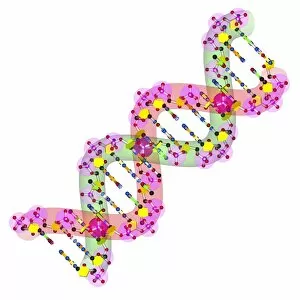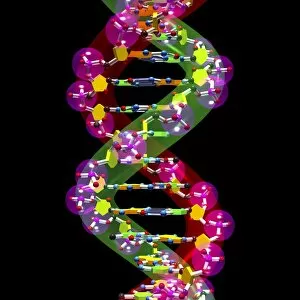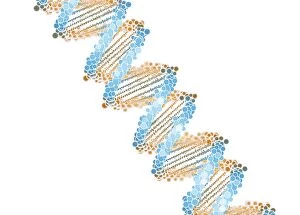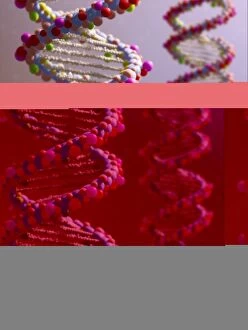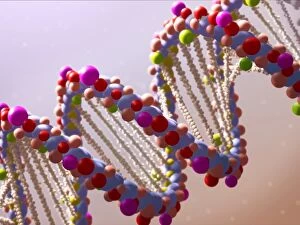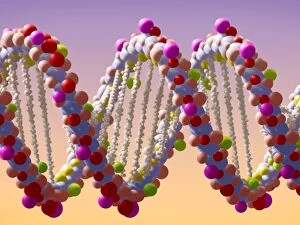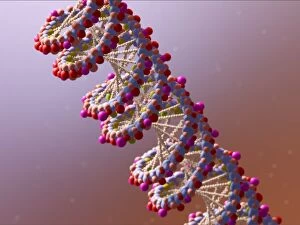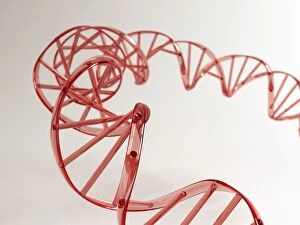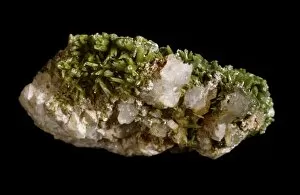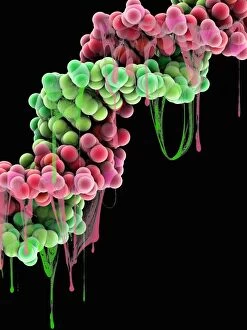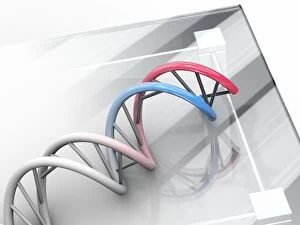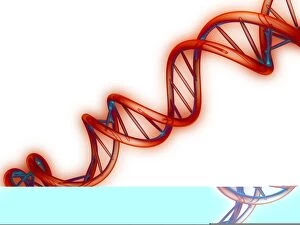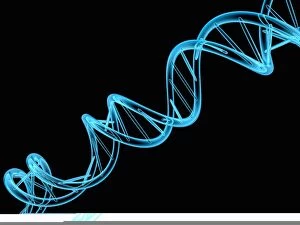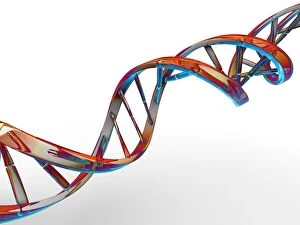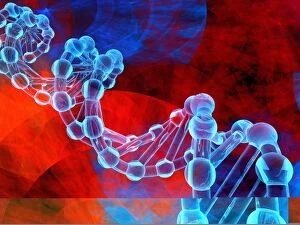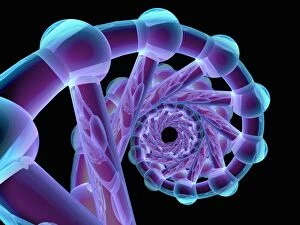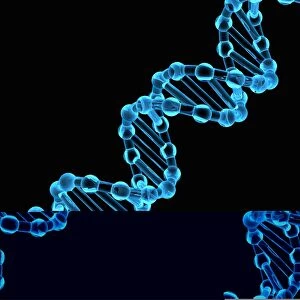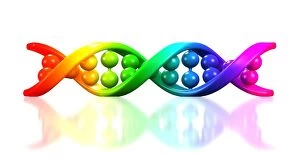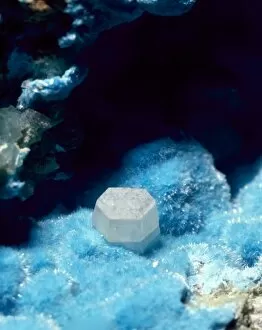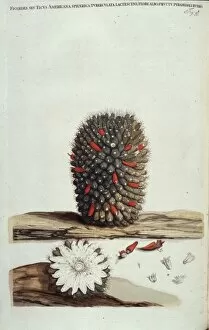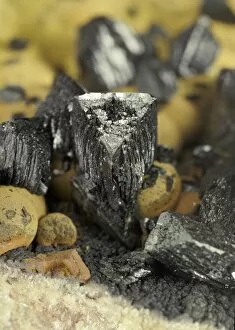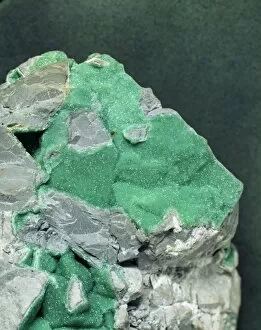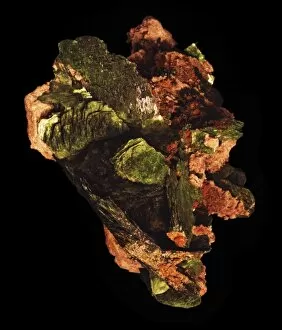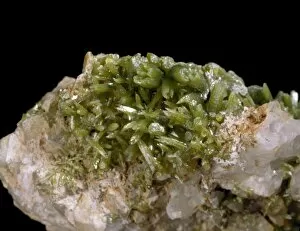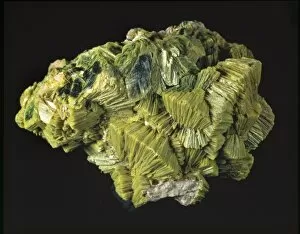Phosphate Collection (#2)
"Unveiling the Blueprint of Life: Phosphate, the DNA Molecule's Vital Backbone" In the intricate world of genetics, phosphate emerges as a silent hero
For sale as Licensed Images
Choose your image, Select your licence and Download the media
"Unveiling the Blueprint of Life: Phosphate, the DNA Molecule's Vital Backbone" In the intricate world of genetics, phosphate emerges as a silent hero, forming an indispensable part of the DNA molecule. Like an artist's brushstroke on a canvas, this turquoise-hued compound weaves its way through Picture No. 11050115, creating a mesmerizing artwork that encapsulates life itself. Found abundantly in nature, phosphate is not only confined to scientific realms but also manifests in captivating forms. Torbernite on Quartz at Wheal Basset in Cornwall, England showcases its ethereal beauty amidst ancient rocks—a creation that feels both earthly and otherworldly simultaneously. Venturing into history reveals another facet of phosphate's significance—the electric phosphate smelting furnace. In Muscle Shoals area, Alabama during 1942, Alfred T Palmer captured these colossal structures where elemental phosphorus was forged—an embodiment of human ingenuity harnessing nature's power for progress. As smoke billows from TVA chemical plant's towering stack nearby Muscle Shoals in Alabama—another masterpiece by Alfred T Palmer—we witness the birthplace of elemental phosphorus production. This industrial marvel becomes a testament to mankind's ability to transform raw materials into essential components for various applications. Phosphate stands tall as more than just a chemical compound; it symbolizes our quest for understanding life's building blocks and our relentless pursuit of innovation. From its role within DNA molecules to its presence in grand industrial landscapes—it remains an enigmatic force fueling both biological and technological advancements alike.







